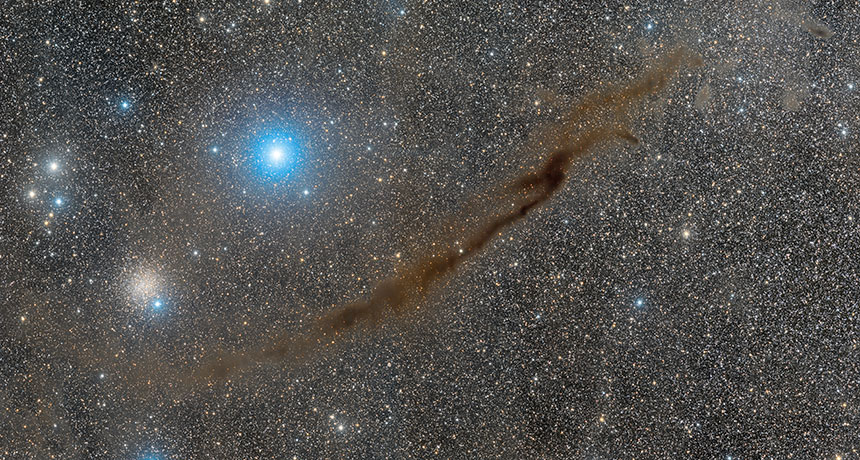Scientists have discovered phosphorus in the gas and dust cloud WB89-621, which is located at the edge of our galaxy. This element is formed in stars in a certain amount. However, the researchers cannot explain how it formed there, in the place where it was found.

Phosphorus in space
Three chemists from the University of Arizona have published an article in the journal Nature where they reported that they found phosphorus on the outskirts of the Milky Way. They were studying millimeter-wave waves coming from the gas and dust cloud WB89-621 when they discovered the element.
Phosphorus is closer to the middle of the periodic table. This means that it is not too rare in nature, but it is not formed in most processes that occur in stars. Researchers have found that it can form on our Sun when silicon atoms capture neutrons. However, these atoms, along with the rest of the particles, do not leave the surface of the luminary.
At the same time, phosphorus is an important component of organic molecules. That’s why scientists are very interested in finding it in the ocean of Saturn’s moon Enceladus. And biologists are experimenting with its assimilation by plants that are planned to be planted on the Moon.
Why is this element present in the gas cloud?
Given all this, scientists wondered where phosphorus came from in WB89-621. The most logical assumption would be that it got there with the remnants of a supernova explosion. This could indeed enrich the gas and dust cloud not only with this element, but also with much heavier and rarer elements.
The only problem is that WB89-621 is located at a distance of 73 thousand light-years from the center of our Galaxy, far beyond the main part of the disk. And there simply cannot be supernovae nearby. So they started looking further and found two more possibilities.
The first is that this cloud could have been formed as a result of a gas ejection from the center of the Milky Way. The second was that the gas came from a satellite of our star system, the Small Magellanic Cloud. However, the test showed that neither of these explanations can explain the appearance of WB89-621. Now they want to test other possibilities.
Based on materials: phys.org
